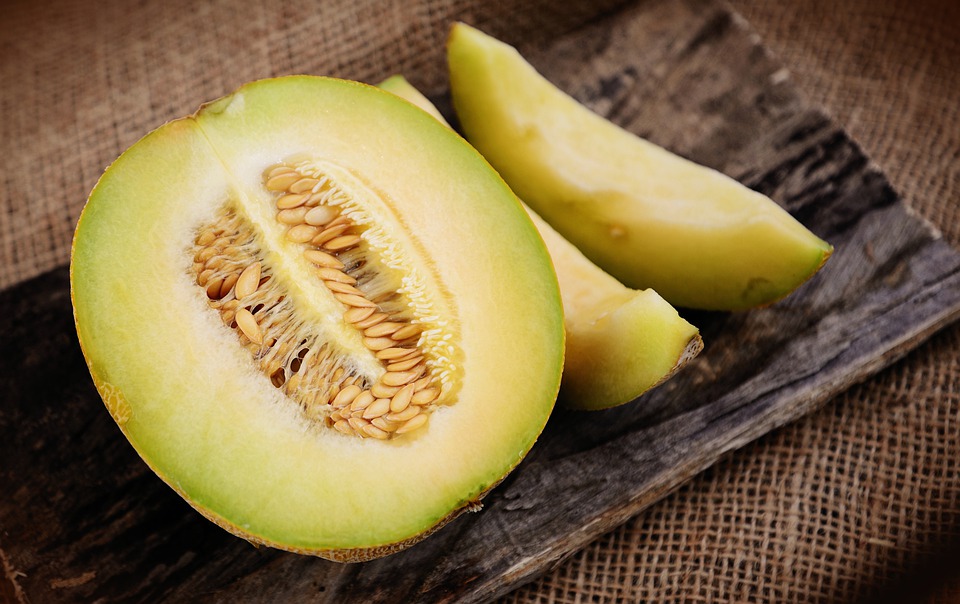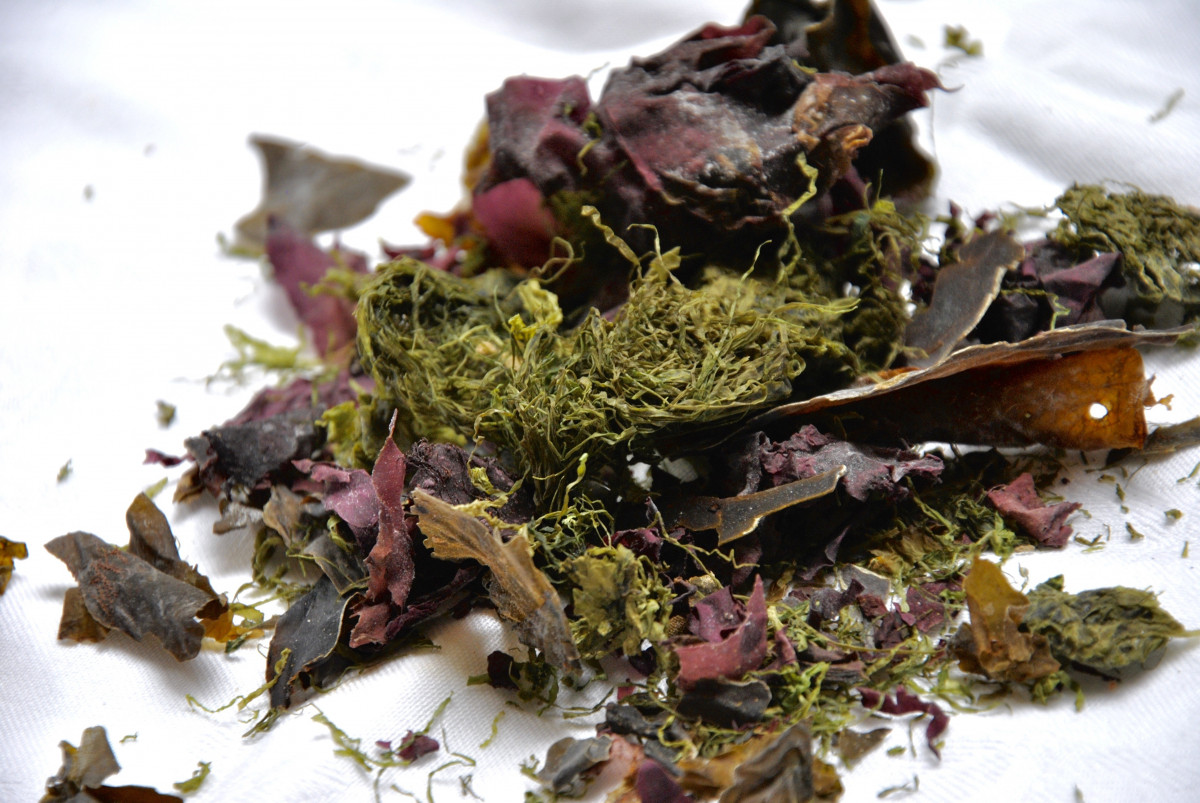There is nothing more refreshing than a juicy slice of melon on a hot summer day. Although watermelon is often associated with fruits, it is a type of vegetable just like cucumbers, pumpkins, and zucchini. The melon is a member of the Cucurbitaceae family along with the honeydew melon. Although they are closely related, they are different plants and fruits. Growing melons in a greenhouse may be worth a try. They can also be grown in regular garden conditions and in warm years.
The melon originates from the arid regions of central and southern Africa. Today, melon is a vital plant cultivated in tropical and subtropical areas of the world. This also explains the great need for heating, which is usually unavailable or inadequate in many European countries.
The melon is an annual vegetable that, like the pumpkin, forms branches that can be several meters long. It grows low to the ground and is adorned with dark green leaves. It can produce yellow male and female flowers. After successful fertilization, it is necessary to wait until late summer or fall for the female flowers to produce cookie-sized, hard-skinned fruits. Depending on the species, the flesh can be red, orange, yellow-green, or white. Because of its high-water content is also known as a thirst quencher for vitamins and minerals.
How to Plant Melons?
A sunny location, with loose soil rich in nutrients and humus, is ideal for melons. Cool, poorly ventilated areas, or areas that neighboring plants shade, will hinder melon growth. In particular, the soil needs to warm up quickly. Therefore, moist, cold clay soils are not suitable. However, it can be improved by loosening the soil or mounding sandy compost soil. This will allow for better drainage and faster warming of the bottom.
Growing in a greenhouse is even better than growing in the open air. When night temperatures are low in the spring, thermophilic plants can be damaged. The new melon varieties being grown today are more hardy and better suited for open field cultivation, but yields are still significantly higher in greenhouses.
Melons need to be highly nutritious. It is best to mix nutrient-rich compost or cow manure into the soil at least four weeks before planting, whether in the open or a greenhouse.
If grown in a greenhouse, the pre-growth of melons can begin in mid to late March. Sow the seeds in small pots with sowing compost and keep them at a temperature of around 25°C (77°F). When the sprouting leaves appear a few days later, the first life begins. Four weeks later, stable seedlings will grow; they can be sown in the open air in early to mid-April.
The seedlings can then be grown in a slightly cooler area to strengthen them before planting in the ground. The earliest planting can be done after an ice holiday in mid-May or later. Make sure the temperature does not fall below 10 degrees Celsius.
In the greenhouse, keep about a 1-meter distance from other plants. Use ropes or climbing aids to allow the branches to rise without crawling on the ground and provide space. In loose soil, melons can grow vertically. Climbing aids are not strictly necessary, but it may rot if the fruit ripens at the bottom. A diagonal sieve or trellis can be used to provide better aeration for the shoots growing above.

How Do You Maintain Your Melons?
Sun, heat, nutrition, and water guarantee juicy and sweet melons. Sun and heat can have little effect as they are dependent on the weather. However, water and nutrients can be provided. Regular watering of the roots will ensure that the soil contains enough water. In greenhouses, watering in the morning to dry out the plants by evening will prevent fungus from forming. Warm water is a plus for plants. For example, leaving the watering can in a sunny place for a couple of hours help. Melons don’t like cold showers and are sensitive to temperature differences.
Do you have any other tips? Share it with us in the comments below!



